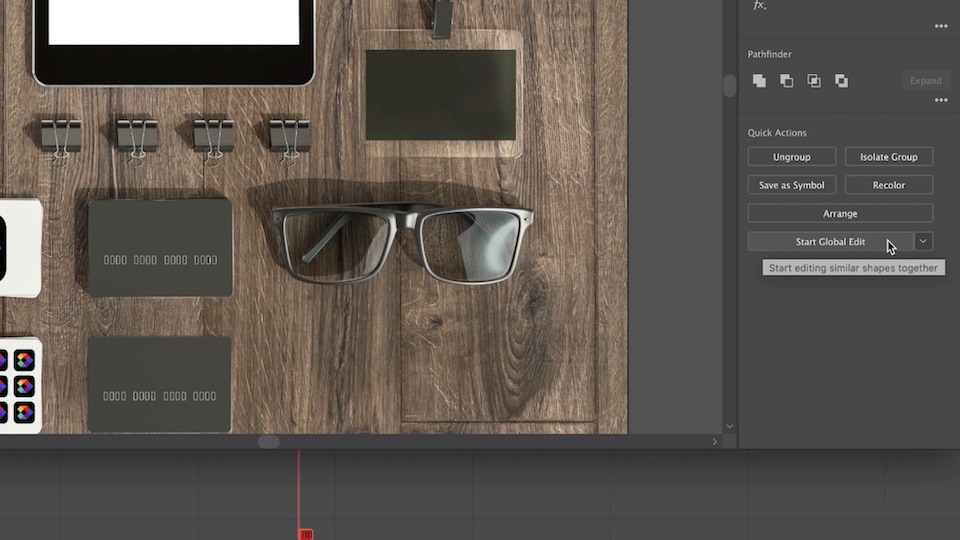Good photography is not just about taking good pictures. It’s also about editing and learning how to do that to a high standard. We’ll be sharing the best editing techniques and tools to help you improve your photography and get much better results.
Editing your photos can be a daunting task at times. Even if you have the best equipment and the best lighting, there is still a lot of work to be done to make your photos look their best. There are plenty of photo editing apps out there, such as Adobe Lightroom and PicMonkey (you can read a review of the latter over on SERP Co at https://serp.co/reviews/picmonkey/) that make photo editing look like a piece of cake. But is it really?
We’ve put together a list of the top-rated photo editing apps that any photographer should know about in order to take full advantage of their editing capabilities.
Be Significant
Life is all about capturing the right moment, and if you are a budding photographer, you will want to capture it at the right moment. If you have been shooting for a while, you might not have any idea of the different ways you can edit photos. In photography, editing is one of the most important aspects of the process. There are subtle changes that are often overlooked or under-appreciated… especially in light of modern editing software that makes it easier to correct small mistakes quickly.
Edit on the Go
There are tons of apps out there that let you edit your photos, but most feature very basic editing tools. That’s why I was pleasantly surprised to find a new app called “Edit on the Go” that features a fairly wide range of editing tools. This app is ideal for anyone who wants to edit photos on the go. To help make photography easier and to help people make better photographs, I use F.lux. F.lux is a free, open-source, portable app that adjusts the screen’s color so that it adapts to the surrounding light. It is done so by gradually changing the color of your screen during the day so that the screen is a more natural tone and provides a better view of your subject.
Crop The Image For Composition
If you’re a photographer, you’re surely already familiar with the basic composition elements: lines, shapes, spaces, and color. But, what about crops? Crop a photo, and it loses the subject that made it interesting, to begin with-it can become a kind of failure. If you’re a photographer, you know that editing photos can be a tedious process that takes hours, if not days. There are plenty of apps out there that let you do most of your editing in the span of a few minutes, but one of the core principles of photography is to know when to crop.
Remove Unwanted Spots
It is important to keep in mind that editing a photo is only the beginning of the process in which you should strive to create a great image. To create an image with a well-balanced composition, you must first find the elements that are the most important to your image. Next, you should choose the right tools to edit your image. Remember to remove unwanted spots and variations from your photos caused by insufficient lighting or excessive heating of the sensors. One way to do this is to use an image noise reduction tool like DeNoise AI (https://www.topazlabs.com/denoise-ai), which can accurately distinguish between noise and real image detail. After you finish editing the photo, you should add a title and a description to help people to understand where you were when you took your photo.
Ever see a photo of yourself and wonder how you looked at that exact moment? Well, you’re not alone. There are the people who keep a photo journal and the people who can’t stop looking at their own pictures. But, if you’re one of the people who can’t stop looking at your photos, you probably wish you could remove those suspicious spots.
If you’ve ever tried to edit photos in Lightroom, you’ve probably been pretty frustrated. Lightroom is a powerful tool for photographers, but it’s not always intuitive. Photography can be a very addictive hobby. As you spend more time taking photos and learn more about the craft, you’ll accumulate a huge library of photos that need workflow. And I’m not just talking about the standard editing tools like Photoshop, Lightroom, or Aperture. I’m talking about all the automatic processes that take place when you import photos into your computer or mobile device: cleaning up the metadata, reviewing the photos, and looking for potential edits.

Leave a Reply